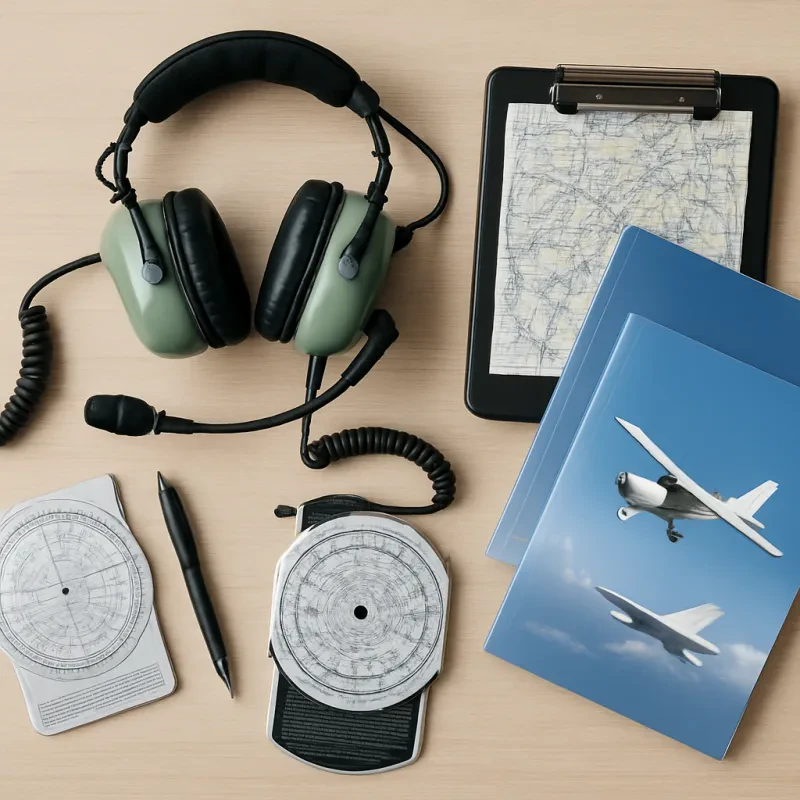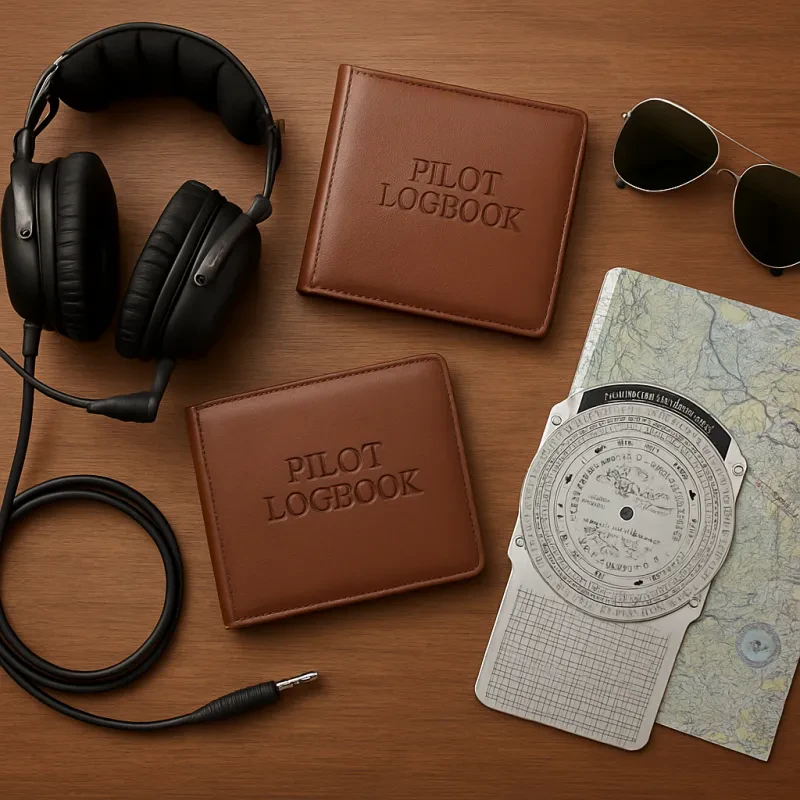Aviation has always been a field of constant innovation and progress, pushing the boundaries of what was previously thought possible. As we look to the future, it is clear that several exciting trends and technologies are shaping the industry, propelling us towards a new era of flight.
One of the most significant advancements is the development of electric and hybrid aircraft. With the aim of reducing carbon emissions and noise pollution, engineers and researchers are working tirelessly to design energy-efficient alternatives to traditional jet engines. As battery technology improves, electric aircraft are becoming a reality, offering quieter and cleaner flights for passengers and a greener future for the environment.
Another area of focus is the emergence of autonomous flight. Using advanced sensors, artificial intelligence, and machine learning algorithms, aviation experts are exploring the possibility of fully automated airplanes. While this concept may seem daunting to some, proponents argue that autonomous systems can enhance safety, reduce human error, and optimize flight routes, leading to more efficient and reliable travel experiences.
Furthermore, the rise of supersonic and hypersonic travel promises to revolutionize long-distance flights. By leveraging technological advancements in aircraft design and propulsion systems, aviation companies are aiming to make supersonic and hypersonic flights commercially viable. These high-speed aircraft could significantly reduce travel times, allowing passengers to reach their destinations in a fraction of the time it currently takes.
From Drones to Supersonics: Emerging Technologies in Flight
The aviation industry has always been at the forefront of innovation, constantly pushing the boundaries of what is possible. As we look towards the future, several emerging technologies are poised to revolutionize flight as we know it. From drones to supersonics, these advancements promise to reshape the way we travel, deliver goods, and even explore space.
One of the most significant developments in recent years has been the rise of unmanned aerial vehicles, or drones. Initially used primarily for military purposes, drones are now becoming increasingly common in civilian applications. From aerial photography and surveillance to delivery services and agricultural monitoring, the versatility of drones is unmatched. As technology improves, we can expect to see more autonomous drones capable of performing complex tasks, such as search and rescue missions, and even passenger transportation.
Beyond drones, the next frontier in aviation is supersonic flight. With companies like Boom Supersonic and NASA working on prototypes, the possibility of traveling faster than the speed of sound is becoming a reality once again. Supersonic aircraft promise to drastically reduce travel times, with the potential to complete transatlantic flights in just a few hours. However, challenges such as noise pollution and fuel efficiency still need to be overcome before supersonic travel becomes commercially viable.
In addition to drones and supersonics, there are countless other emerging technologies that are transforming the aviation industry. Electric aircraft, powered by advanced batteries and electric motors, are being developed with the goal of reducing carbon emissions and noise pollution. Virtual and augmented reality systems are revolutionizing pilot training, providing immersive and cost-effective simulation experiences. Furthermore, the growing interest in space tourism has spurred the development of reusable rockets and spacecraft, bringing us one step closer to making space exploration a reality for everyday people.
Beyond the Sky: Exploring the Future of Space Tourism
With each passing year, the concept of space tourism is becoming less like science fiction and more like a reachable reality. The dream of travelling beyond the Earth's atmosphere is no longer restricted to trained astronauts - everyday people are now being given the opportunity to experience the wonders of space. The future of space tourism holds immense potential and promises to revolutionize the way we explore the universe.
One of the most exciting aspects of space tourism is the development of reusable spacecraft. Companies like SpaceX and Blue Origin are investing heavily in the creation of reusable rockets, aiming to drastically reduce the costs of space travel. By reusing spacecraft, the price tag for a trip to space could become more affordable, opening up a whole new market for space tourism.
While trips to space are currently limited to brief experiences in zero gravity, future innovations may enable longer stays and even accommodations in orbiting space stations. Planetary Resources, a space exploration company, has already announced plans to mine asteroids for valuable resources like precious metals and water. Such advancements could pave the way for individuals to embark on extended journeys and even establish habitats beyond our planet.
Sustainable Skies: Green Initiatives Shaping the Aviation Industry
The aviation industry has come a long way in recognizing the importance of sustainability and implementing green initiatives to mitigate its impact on the environment. With the increasing global concern on carbon emissions, airlines and aircraft manufacturers have been striving to reduce their environmental footprint and explore innovative solutions to make air travel more sustainable.
One significant green initiative is the development of biofuels for aviation. Traditional jet fuels are derived from fossil fuels, which result in significant greenhouse gas emissions. However, airlines are now turning to biofuels made from renewable sources, such as plant-based materials and agricultural waste. These biofuels have the potential to significantly reduce carbon emissions while maintaining the same level of performance as conventional jet fuels.
In addition to alternative fuels, advancements in aircraft design and construction are playing a crucial role in greening the aviation industry. Engine manufacturers are continually working on improving fuel efficiency and reducing emissions through the development of more advanced propulsion systems. Furthermore, lightweight composites and materials are being integrated into aircraft structures to minimize weight, resulting in reduced fuel consumption and emissions.
Furthermore, air traffic management systems are being optimized to reduce fuel burn and promote more efficient flight paths. Modern technologies, such as satellite-based navigation and real-time weather data, allow for better flight planning and optimization, avoiding excessive fuel consumption. Additionally, initiatives are underway to encourage airlines to invest in more efficient air traffic control systems to further reduce the industry's carbon footprint.


